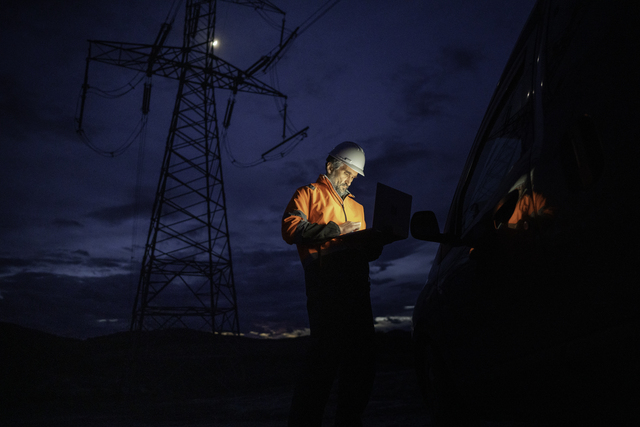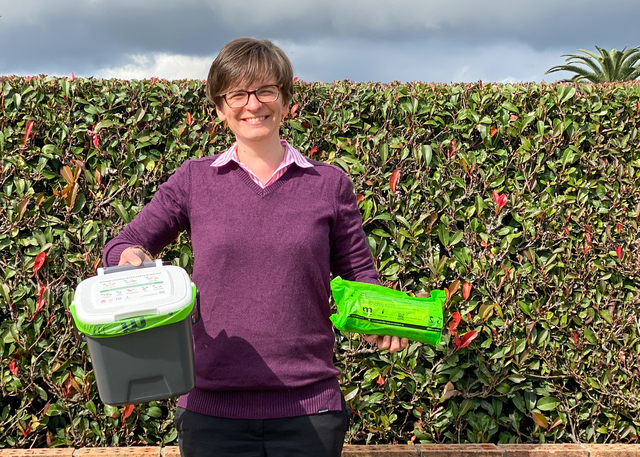Local governments face a rapidly evolving landscape of safety regulations when it comes to lone and remote workers. Technological advances only make things more challenging.
Here’s what you need to know about advanced technologies, data privacy, and regulatory changes when reviewing your council’s safety solutions for lone or remote workers in 2025.
Enhanced Duty of Care Obligations
The Work Health and Safety Act 2011 and associated regulations require employers to ensure the health and safety of all employees, including those working alone or remotely. In 2025, we can expect these obligations to become more stringent, with requirements to conduct thorough risk assessments specific to lone worker scenarios, implement robust safety measures and control protocols, and provide adequate training for lone workers to handle emergency situations.
Stricter Regulations and Mandatory Compliance
While conducting frequent audits of risk assessments and evaluating the effectiveness of the current safety measures is key, you also need to ensure all safety equipment and technologies are up-to-date and functioning correctly.
By June 2025, all government entities and their suppliers must also complete a technology asset stock take on all internet-facing systems or services. The directive from PSPF aims to strengthen cybersecurity and improve IT asset management, especially when dealing with sensitive data or critical infrastructure. Steps must be taken to conduct regular comprehensive audits of all technology assets used by remote workers, alongside ensuring all devices and software used are accounted for and secure.
Data Management and Privacy Considerations
With increased focus on data governance and sovereignty, lone worker safety solutions must also comply with shifting privacy regulations when handling employee location and safety data. Secure data storage and management practices must be implemented, as well as encryption and access controls to protect sensitive information. On-going visibility and monitoring are also required.
Staying ahead of the game.
By adapting to these changes, councils and local government entities can ensure compliance while significantly enhancing the protection of remote and isolated workers. This proactive approach to safety management can lead to improved operational efficiency, reduced liability, and a stronger safety culture within the organisation.
Advanced Technological Solutions
To meet these stricter compliance requirements, councils should invest in the right safety technologies for lone workers like GPS-enabled devices for real-time location tracking, automated check-in systems to maintain regular contact, and emergency alert mechanisms with instant geo-tagged notifications. All can be seamlessly integrated into your safety management systems and safety protocols, meaning more efficient incident reporting and responses.
Need a personalised approach?
We get this might all seem a bit daunting. We can guide you with impartial evidence-based advice to make the right, responsible safety choice for your council’s lone and remote workers. We’re device-agnostic, meaning you can trust we can choose a solution right for you. We’ll configure safety devices and software to align with your specific risks and customise emergency escalation procedures based on the nature of the work. In short, we’ve got the expertise and tech to make it work for you and your staff.
We’ll help you navigate these evolving compliance requirements so you can meet and exceed the legislative standards. With our lone worker safety solutions, your lone and remote workers will be protected at all times. Contact Guardian Angel Safety today to learn how we can help you stay compliant and keep your workforce safe in 2025 and beyond.








